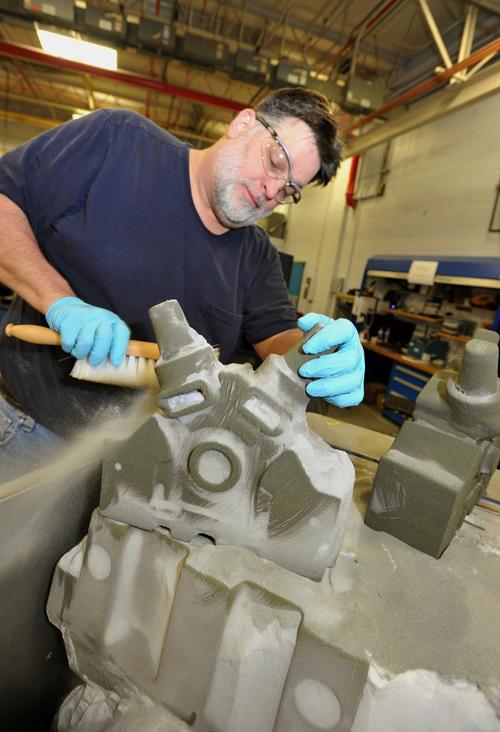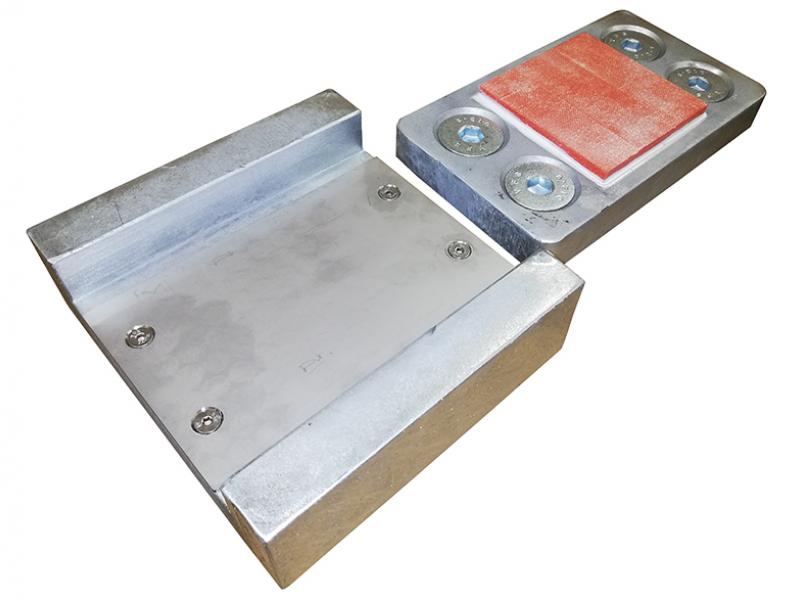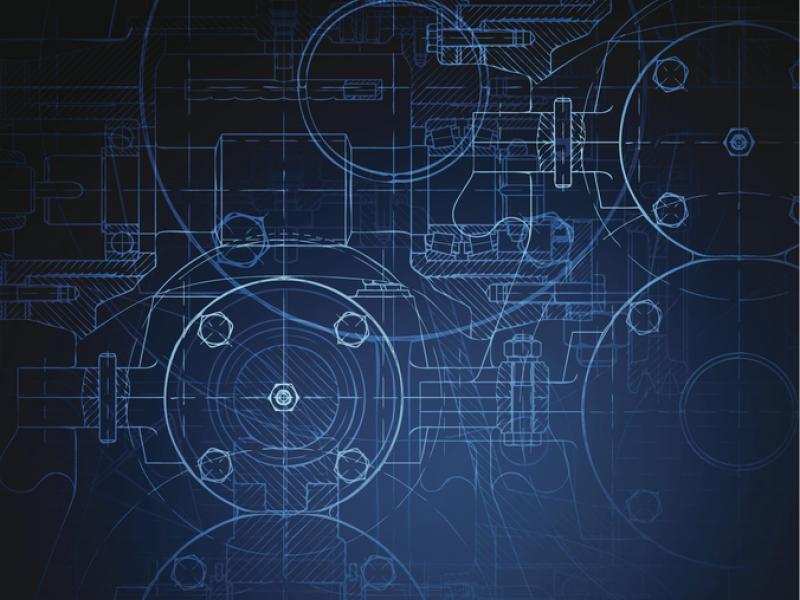One day, millions of car parts could be printed as quickly as newspapers and as easily as pushing a button on the office copy machine, saving months of development time and millions of dollars.
3D printing technology is making that day come sooner at the Ford Motor Company. The development of the engine cover for the all-new Ford Mustang is the most recent example of the use of this technology.
The carmaker uses 3D printing to quickly produce prototype parts, shaving months off the development time for individual components used in all its vehicles, such as cylinder heads, intake manifolds and air vents.
With traditional methods, an engineer would create a computer model of an intake manifold – the most complicated engine part – and wait about four months for one prototype at a cost of $500,000. With 3D printing, the firm can print the same part in four days, including multiple iterations and with no tooling limits – at a cost of US$3000.
“For the customer, this means better quality products that also can be weight-optimized to help improve fuel efficiency,” says Paul Susalla, Ford section supervisor of rapid manufacturing.
3D printing saves millions of dollars in the product development process by eliminating the need for special tooling, or dedicated moulds, for parts likely to change. The technology also allows engineers to experiment with more radical, innovative part designs inexpensively and quickly.
Ford is now looking to what’s next in its 3D printing strategy, including opportunities to print production parts in metal, rather than just plastic, for prototypes.
“This technology provides immense return for Ford and the entire manufacturing industry,” says Bill Russo, global director, Ford powertrain manufacturing and engineering.
Harold Sears, Ford additive manufacturing technical specialist, says: “Today, 3D printing is not fast enough for the high-volume direct production manufacturing we do. But it is ideal for test parts, or niche production applications, that go through frequent development changes.”
Ford has been at the forefront of 3D printing for 25 years and was involved with the invention of 3D printing in the 1980s. In 1988, the firm bought the third 3D printer ever made. Today, it uses selective laser sintering, fused deposition modelling and stereolithography 3D printing applications. The firm also works with suppliers to bring more technologies to market, including 3D sand printing.
Recent examples of Ford’s use of 3D sand printing include:
- Engine cover for all-new Ford Mustang
- Rotor supports, transmission cases, damper housings and end covers for new HF35 hybrid transmission for Ford C-MAX Hybrid, Fusion Hybrid
- Four-cylinder EcoBoost engines for new Ford Fusion
- Brake rotors for Ford Explorer; the rotors were modified using 3D printing late in development to fix a brake noise discovered in durability testing, which could have delayed initial launch
- Exhaust manifolds for 3.5-litre EcoBoost in Ford F-150
Sears says: “Many have referenced this technology as ushering in a third industrial revolution. While that is yet to be determined, what we do know is manufacturing is continuing to go digital, the speed of these technologies is increasing and the variety of materials is expanding – all of which leads us to believe 3D printing presents a great opportunity for overall manufacturing.”






